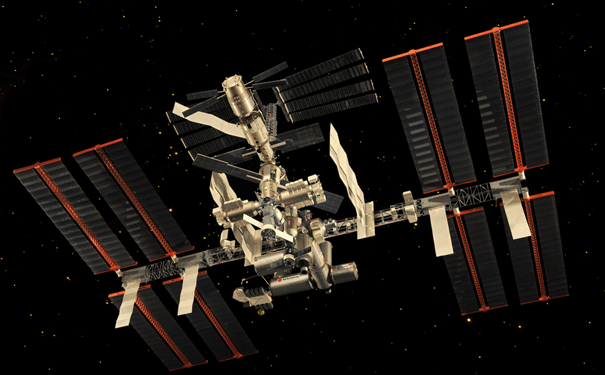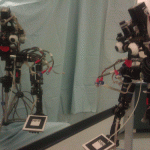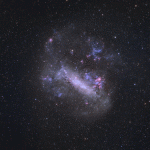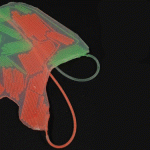
What do the Titans and the International Space Station have in common? Image: Edwin Verin/Shutterstock.com
Turns out picking up a cup of coffee uses a lot of motions.
The simple movements that our brain performs effortlessly requires a lot of computing power, as they have to be broken down into their component parts. Animators then calculate the moves and try to put the components back together — and the results can look unrealistic.
Computer programmers are now using a program developed for guiding spacecraft to create more realistic animations for animated movies. “If you have a human, you don’t have to cut the body into six individual chains and then stitch it together later,” Alexandre Pechev, CEO of IKinema says. “What we do is move the whole body.”
He originally developed the software to guide spacecraft that use “˜control moment gyroscopes’ for attitude control. These consist of spinning flywheels that produce torque and allow the spacecraft to turn–the International Space Station uses four of these units.
Another example is the Pléiades-1 satellite, which has exceptional agility thanks to its gyros and can turn from capturing images of Earth to photograph other satellites. It managed to snap a picture of ESA’s Envisat, which was orbiting 90 kilometres higher, on 15 April 2012.
However, the gyros can hit dead spots, known as singularities, where they cannot generate torque in certain orientations. Pechev’s program was meant to coordinate the motions and eliminate the singularities, but he realised there were other applications and it never left Earth.
Instead, he turned his attention to animating robot movements on screens. “Today, our Action product is used by many film and computer game makers,” he says.
“It works on any chain. Horse, cat, alien, scorpion, face or flower ““ it doesn’t matter what you’re animating.”
Hollywood studios such as 20th Century Fox, Disney and ILM have all worked with IKinema’s software, which can also be incorporated into video games. It was recently used to produce realistic animations in Wrath of the Titans (2012), the sequel to the 2010 film Clash of the Titans.
Source: ESA






